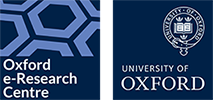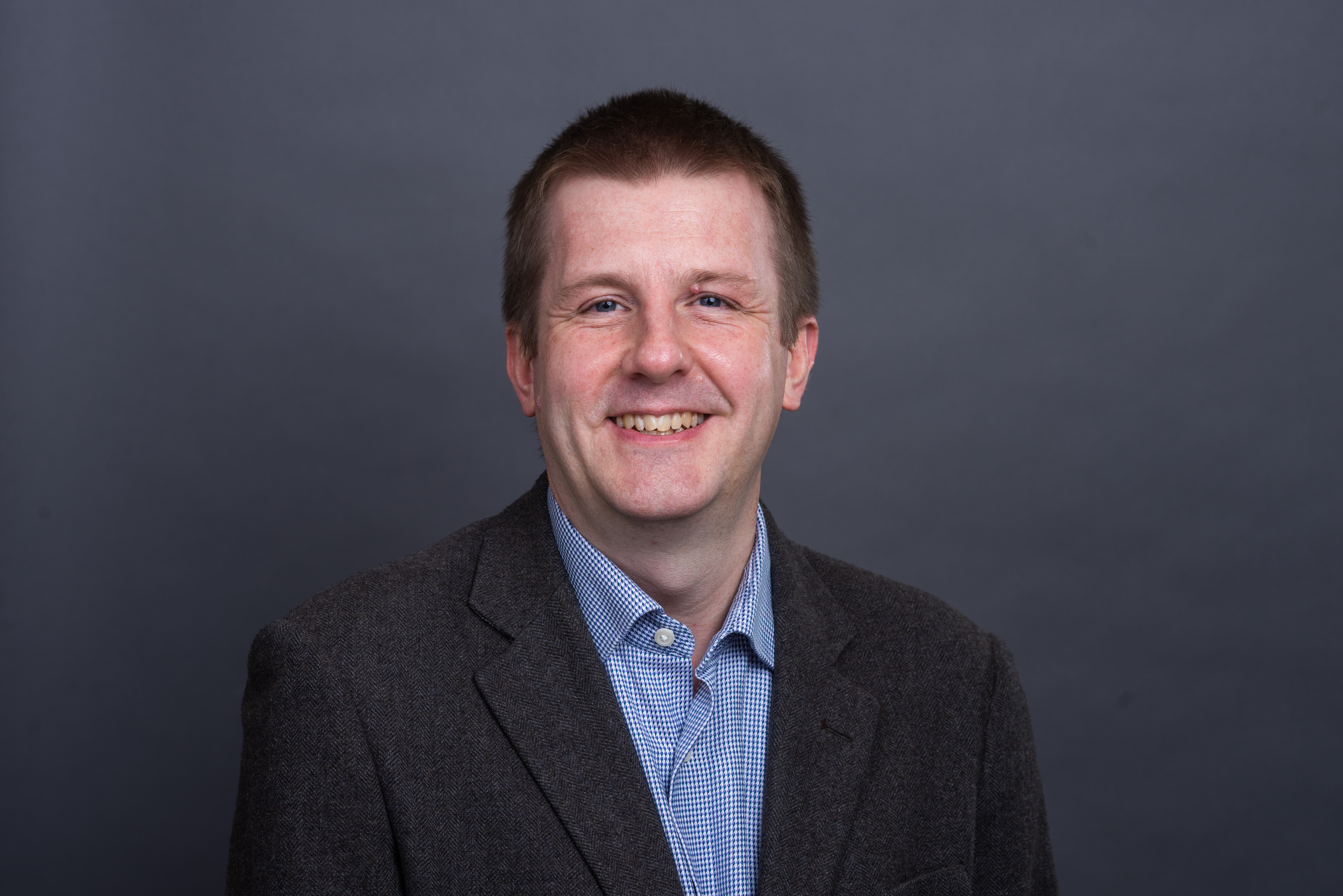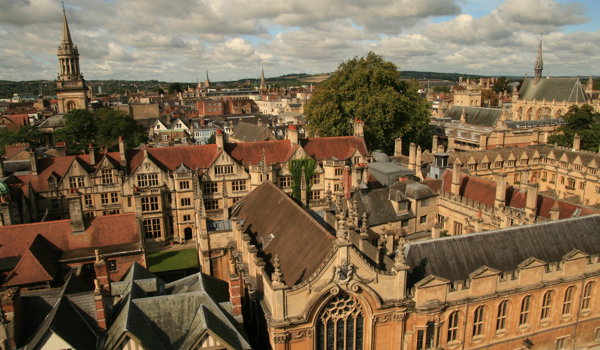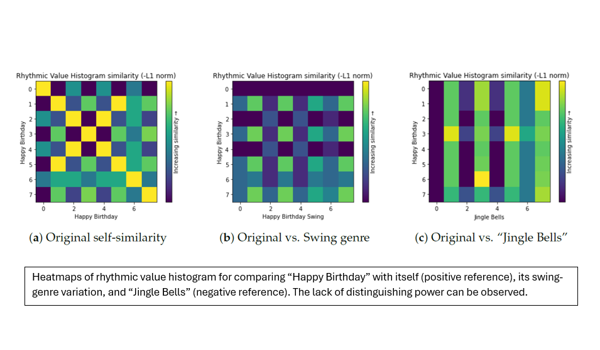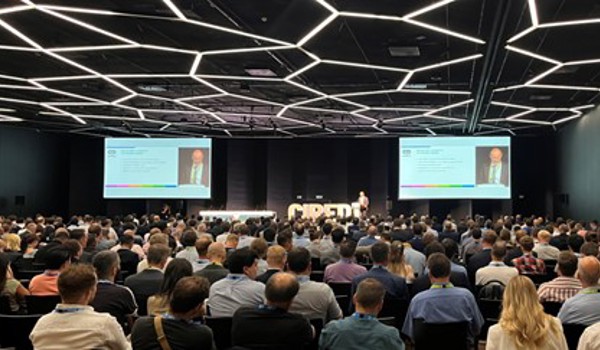20 Feb 2025
Oxford e-Research Centre Celebrates the Release of Linked Art 1.0
The Linked Art 1.0 specifications are a major milestone providing the cultural heritage sector with a standard method to share and connect information about their collections and the items’ historical contexts

Attendees at the Linked Art: Networking Digital Collections and Scholarship Outreach and Engagement Workshop in October 2019
The Oxford e-Research Centre is delighted to have played its part in the creation of Linked Art 1.0, which has been officially released this week. The Linked Art 1.0 specifications are a major milestone providing the cultural heritage sector with a standard method to share and connect information about their collections and the items’ historical contexts. Already adopted by major organisations across the museum sector, Linked Art offers a robust and proven framework, built on top of existing international standards, for representing complex relationships between artworks, archives, reference material, artists, places, organisations, concepts and events such as exhibitions or provenance information.
By using Linked Art, cultural institutions will enhance the discoverability and accessibility of their collections by enabling richer interfaces and making it easier for search engines to discover and crawl the collections, by following the relationships expressed in the records. These relationships enable significantly more precise descriptions to be expressed that knowledge systems can understand and process, enabling next-generation semantic searching and facilitating deep research using the collections.
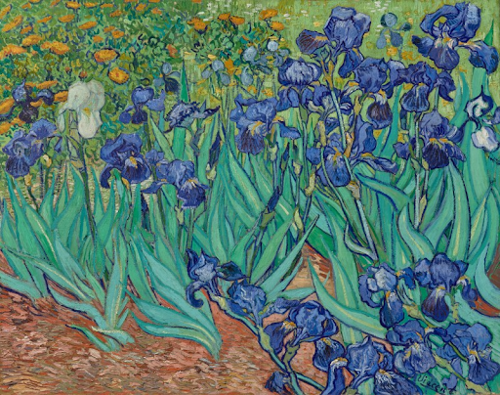
The Oxford e-Research Centre is proud to have been an active member of the Linked Art community since it was established in 2018, spearheading a programme of research projects funded by the UK Arts and Humanities Research Council (AHRC): from the Linked Art research network and fundamentals of practice and scholarship in Linked Art II, through the use of Linked Art in Enriching Exhibition Scholarship, to engaging new audiences with museum collections in Enriching Exhibition Stories – as featured in our recent article describing the project’s schools outreach. In 2019 the Centre hosted the second in-person meeting of the Linked Art Editorial Board in Oxford, and organised the first public workshop at the Victoria & Albert Museum in London.
Dr. Kevin Page, the Centre’s investigator leading Linked Art projects, explains;
“The release of Version 1.0 represents a significant milestone, with collections data now available from a growing number of art institutions around the world. That Linked Art is already implemented by a number of important institutions – including Getty, the Rjksmuseum, the US National Gallery of Art, and Yale University, amongst others – is a really encouraging reflection of the work we, and the community as a whole, have achieved to date.”
For universities and museums alike Linked Art also activates collections for research, furthering the recent trend of “collections as data”. Linked Art removes the current barriers to cross-collection and cross-institution research by specifying standard patterns of description, standard means of interaction, and then allowing additional domain- or collection-specific knowledge to be included. This makes pooling relevant information from around the world an easy first step, rather than laboriously reimplementing complex solutions for every new research project.
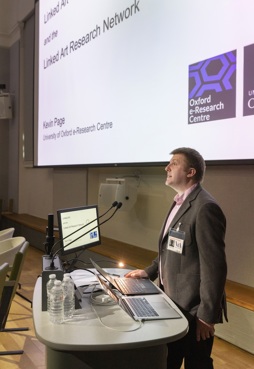
"Linked Art is an essential foundation for expanding digital scholarship in the humanities”, adds Dr. Page, “opening up the potential for cross-collection research using cutting-edge digital methods we look forward to expanding in our future research. I’m pleased we’ve been able to contribute to this community effort over the past six years, and I’m enormously grateful to all my colleagues in Oxford who have helped make this happen, from the Oxford e-Research Centre and Ashmolean Museum, to Digital Scholarship at Oxford. My particular gratitude goes to the UK Arts and Humanities Research Council (AHRC) who have supported our programme of research."
Find Out More
To find out more, read the full Linked Art 1.0 community announcement, including an invitation to an online Q&A session on 5th March.
